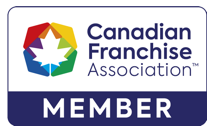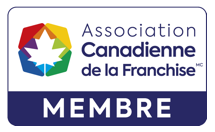In the early, wild-west days of the internet (the late 1990s), “cybersquatting” was a significant problem for businesses looking to protect their brand online. Cybersquatting is the practice of buying up domain names that incorporate trademarks or tradenames that belong to someone else with the intention of later being able to sell it to the brand owner. For a while, this was a rather successful, if less than honourable, scheme. Companies were willing to pay to purchase their own brand names as domains for hundreds or thousands of times the actual cost of registration, because there was no effective mechanism to fight the cybersquatter and it was uncertain what legal rules applied to the brave new on-line world.
Combatting this cyber-scourge took a leap forward in 1999 with the development of theUniform Domain Name Dispute Resolution Policy (UDRP) by the Internet Corporation for Assigned Names and Numbers (ICANN). Tens of thousands of disputes have been resolved under this policy since it was enacted.In 2002, the Canadian Internet Registration Authority (CIRA) adopted its own policy, the CIRA Domain Name Dispute Resolution Policy (CDRP) for dot-ca domains.In order to successfully secure from a cybersquatter a dot-ca domain that you believe is infringing on your brand, trademark or tradename, the CDRP requires that you prove:1. the dot-ca domain is “confusingly similar” to a trademark or tradename in which you had rights prior to the registration of the dot-ca domain (and in which you continue to have rights);2. the registrant of the domain has no “legitimate interest” in the domain; and3. the domain was registered “in bad faith.”The original CDRP provided an exhaustive list of what would consitute registration “in bad fatih”, including such things as (a) the registration was done primarily for the purpose of disrupting the complainant’s business, and (b) the registrant registered the domain for the purpose of blocking registration by the complainant, and did so as part of a pattern of completing such registrations.Amendments made to the CDRP in 2011, however, include an illustrative, not exhaustive, list so that a complainant will be able to argue that bad faith exists even if one of the listed examples of bad faith is not present.Whether this amendment will result in an increased number of complaints – or an increased number of successful complaints – remains to be seen.

 2 St Clair Ave West
2 St Clair Ave West


